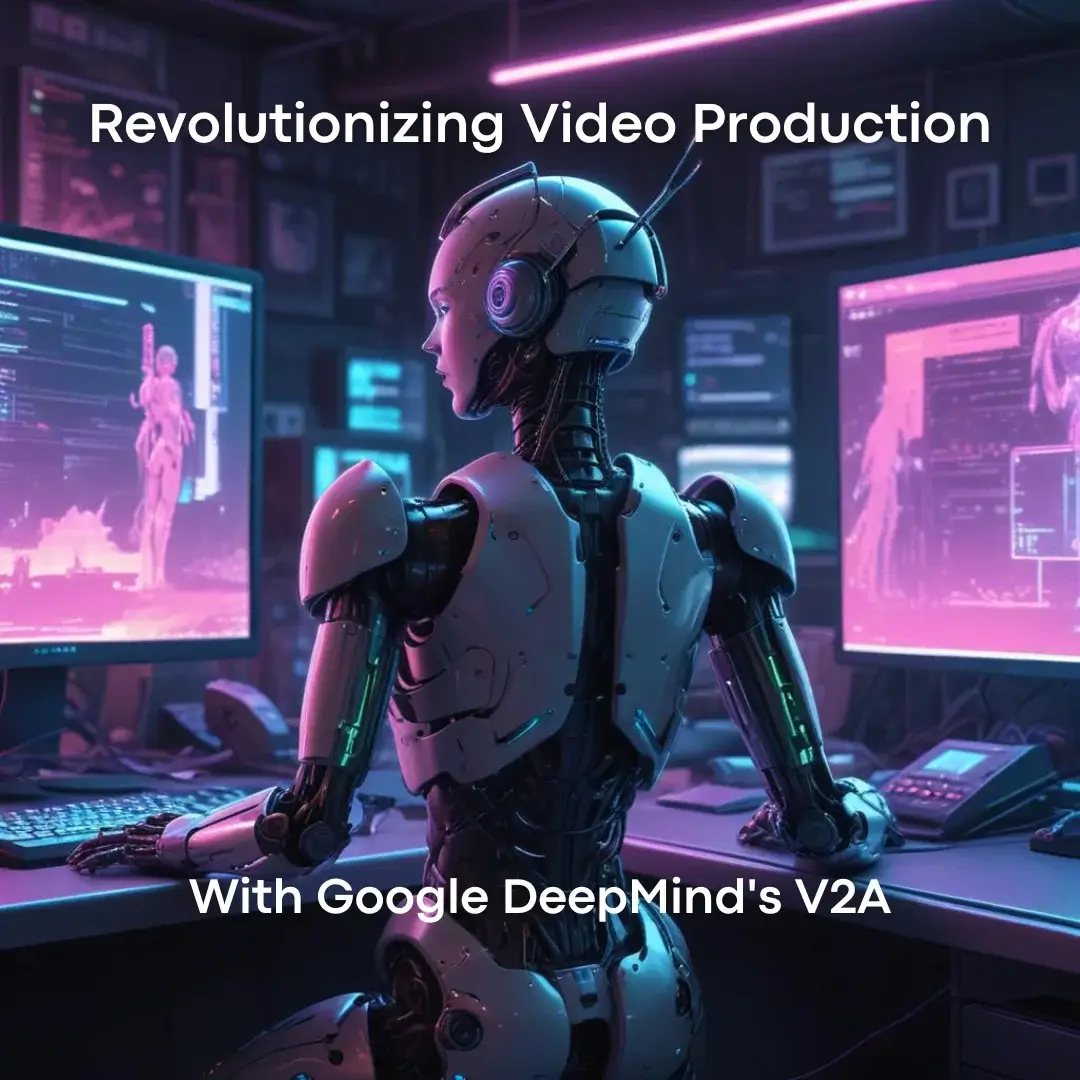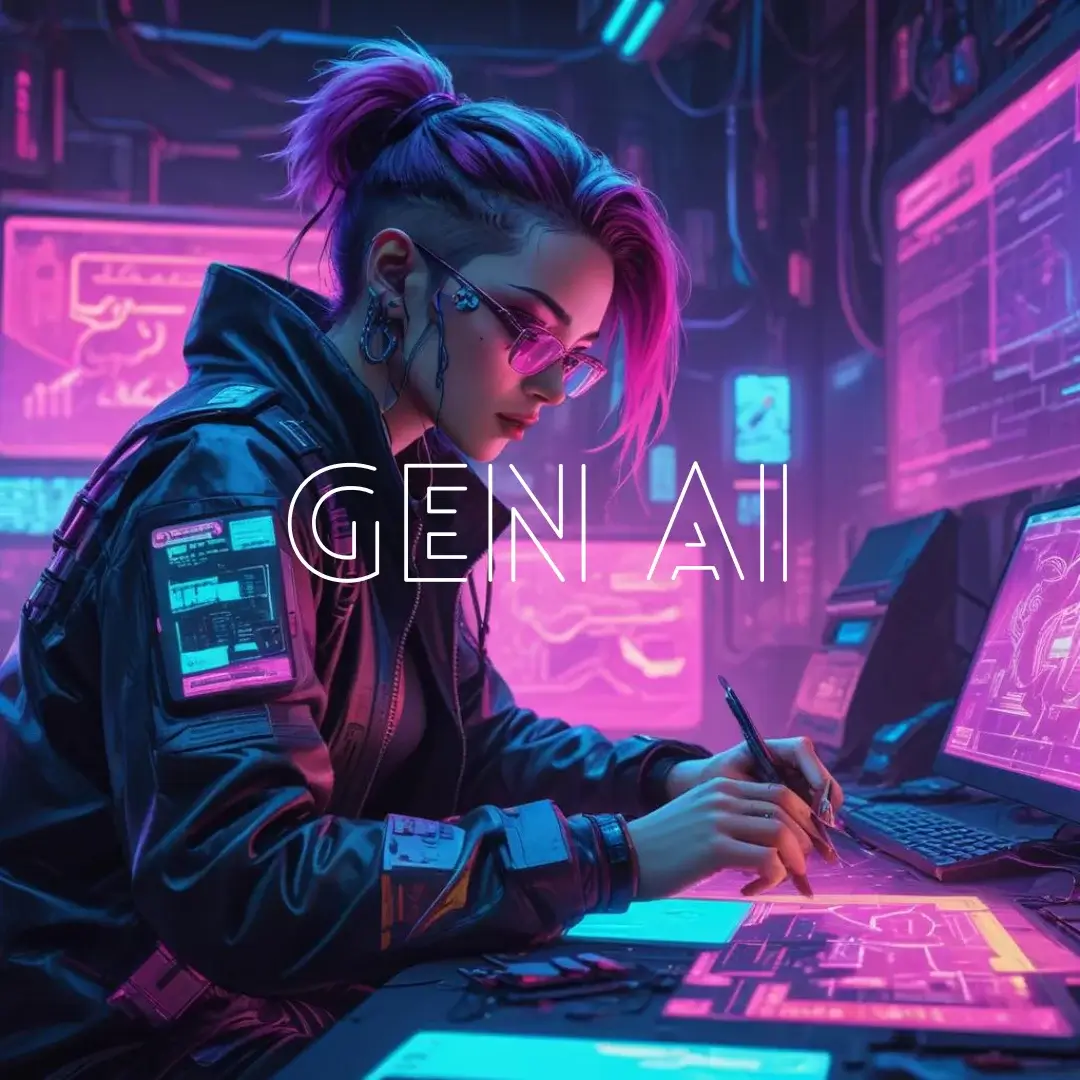Tesla, the pioneering electric vehicle (EV) manufacturer, is at the forefront of integrating advanced artificial intelligence (AI) technologies into its vehicles. The most notable examples of this integration are Tesla’s Autopilot and Full Self-Driving (FSD) systems. These innovative technologies promise to revolutionize the way we perceive and interact with cars, moving us closer to a future where vehicles can drive themselves with little to no human intervention. This blog post delves into the intricacies of Tesla’s Autopilot and FSD systems, exploring their features, underlying technologies, current capabilities, and future potential.
Understanding Tesla Autopilot
Tesla’s Autopilot is an advanced driver-assistance system (ADAS) that enhances the driving experience by automating some driving tasks. Launched in 2014, Autopilot has undergone significant improvements and now includes several key features:
- Traffic-Aware Cruise Control:
- This feature adjusts the speed of the vehicle based on the flow of surrounding traffic, maintaining a safe distance from the car ahead. It uses a combination of radar, cameras, and ultrasonic sensors to detect vehicles and obstacles.
- Autosteer:
- Autosteer helps keep the car centered within its lane, reducing the effort required from the driver during long journeys. This feature relies on cameras and sensors to monitor lane markings and surrounding vehicles.
- Auto Lane Change:
- When the driver activates the turn signal, Autopilot can automatically change lanes, provided it is safe to do so. This feature enhances the ease of highway driving.
- Navigate on Autopilot:
- This capability allows the car to navigate from on-ramp to off-ramp on highways, suggesting and making lane changes, navigating highway interchanges, and taking exits based on the destination entered in the navigation system.
- Summon:
- With Summon, drivers can move their car in and out of tight parking spaces remotely using the Tesla app. Enhanced Summon allows the car to navigate more complex parking lots to pick up the driver.
Full Self-Driving (FSD) – The Next Frontier
While Autopilot offers advanced assistance, Tesla’s Full Self-Driving (FSD) system aims to achieve complete autonomy. FSD is designed to handle most driving tasks independently, requiring minimal human intervention. Here are the main features of FSD:
- Traffic Light and Stop Sign Control:
- FSD can recognize and respond to traffic lights and stop signs, stopping the vehicle when necessary and proceeding when safe. This feature enhances urban driving safety and convenience.
- Autosteer on City Streets:
- Expanding on highway Autosteer, this capability allows the car to navigate city streets, handle intersections, and respond to traffic signals. This feature is still under development and requires frequent human supervision.
- Automatic Lane Changes and Overtakes:
- FSD can perform lane changes and overtake slower vehicles on highways and city streets, ensuring a smooth and efficient driving experience.
- Parking:
- FSD can find and park in available spaces without driver input, including parallel and perpendicular parking. This feature is an extension of the Summon functionality.
- Navigate on Autopilot (Enhanced):
- FSD enhances the existing Navigate on Autopilot feature, adding the ability to navigate more complex road networks, including city streets.
The Technology Behind Autopilot and FSD
The core of Tesla’s Autopilot and FSD systems lies in a sophisticated combination of hardware and software:
- Hardware:
- Cameras: Tesla vehicles are equipped with eight external cameras providing a 360-degree view around the car, critical for object detection and navigation.
- Radar and Ultrasonic Sensors: These sensors detect objects in all directions, providing additional data for obstacle avoidance and distance measurement.
- Custom AI Chip: Tesla developed its own AI chips, designed to process the vast amounts of data collected by the cameras and sensors. These chips support the neural networks necessary for real-time decision-making.
- Software:
- Neural Networks: Tesla uses deep neural networks to process sensor data, recognizing objects, predicting their movements, and making driving decisions. These networks are trained on massive datasets collected from Tesla’s fleet.
- Dojo Supercomputer: Tesla’s Dojo supercomputer is designed to train neural networks faster and more efficiently. This system processes vast amounts of video data from Tesla cars, continuously improving the AI models.
- Over-the-Air Updates: Tesla regularly updates the software of its vehicles, improving existing features and adding new capabilities. These updates are delivered over the air, ensuring that all vehicles benefit from the latest advancements.
Current Capabilities and Limitations
While Autopilot and FSD are groundbreaking, they are not yet fully autonomous. Drivers must remain attentive and ready to take control at any moment. The systems are designed to assist, not replace, human drivers. Tesla emphasizes the importance of driver supervision, especially in complex driving environments.
The Future of Autonomous Driving
Tesla’s vision for the future is a fully autonomous driving system that can operate without human intervention. Achieving this goal involves overcoming numerous technical and regulatory challenges. Continuous improvements in AI, sensor technology, and real-world data collection are crucial to this endeavor.
Regulatory Hurdles: Autonomous driving requires regulatory approval in many regions. Tesla is working closely with authorities to ensure compliance and safety standards.
Safety and Reliability: Autonomous systems must be extremely reliable and safe. Tesla is committed to rigorous testing and validation to achieve the highest safety standards.
In conclusion, Tesla’s Autopilot and Full Self-Driving systems represent significant strides towards autonomous driving. With continuous advancements in AI and hardware, these technologies promise to make driving safer, more efficient, and eventually, fully autonomous. As Tesla continues to innovate, the dream of cars driving themselves is becoming an increasingly tangible reality.








